Review: Acupuncture is effective in the treatment of migraines and enhancement of the quality of life
Jiang, Y., Bai, P., Chen, H., Zhang, X. Y., Tang, X. Y., Chen, H. Q., Hu, Y. Y., Wang, X. L., Li, X. Y., Li, Y. P., & Tian, G. H. (2018). The Effect of Acupuncture on the Quality of Life in Patients With Migraine: A Systematic Review and Meta-Analysis. Frontiers in pharmacology, 9, 1190.
https://doi.org/10.3389/fphar.2018.01190
QUESTION
Is acupuncture effective in the treatment of migraines and the enhancement of the quality of life?
DATA SOURCES
Studies were identified by searching PubMed, the Cochrane Library, Web of Science, EMBASE, China Biology Medicine disc (CMB), China National Knowledge Infrastructure (CNKI), and the Wanfang Database (up to Oct 19th, 2017); manual searches of the references from the included literature and related systematic reviews.
STUDY SELECTION
Studies were selected if they were randomized controlled trials (RCTs) that compared an acupuncture group with a sham acupuncture or conventional medication group. 61 RCTs met the selection criteria (Fig 1).
DATA EXTRACTION
Two authors independently extracted and evaluated data. Risk of bias was assessed using the Cochrane risk of bias assessment tool. Statistical analysis was performed using RevMan 5.3 software.
MAIN RESULTS
Meta-analysis showed that acupuncture was significantly more effective in pain relief than medication, especially at follow-up times of up to 3 months after treatment, and more effective in pain relief and improved quality of life than sham acupuncture, especially at follow-up times of up to 3 months after treatment.
CONCLUSION
Acupuncture is effective in the treatment of migraines and enhancement of the quality of life.
COMMENTARY
Authors identified 61 RCTs that address the question. Sample size ranged from 22 to 302. Intervention in the treatment group was acupuncture. The interventions in the control group were sham acupuncture and conventional medication. The primary outcomes included Visual Analog Scale (VAS, from 0 to 10 scores), Migraine-Specific Quality of Life Questionnaire (MSQ), and frequency of migraine attacks (numbers/month). The secondary outcomes included total effective rate (the percentage of the total participants that showed symptom improvement ≥20%), days of migraine (days/month), and adverse events (numbers of adverse event attacks). Most of the studies were determined as low to moderate quality due to inadequate allocation concealment, reporting bias, heterogeneity, low sample size, and dropout without analysis. Characteristics of included studies can be found here.
The result of 12 studies (up to 1 month after treatment) and 2 studies (1 to 3 months after treatment) showed that the VAS score of the acupuncture group was significantly lower than that of the medication group, while the result of 2 studies (immediately after treatment) and 2 studies (3 to 6 months after treatment) showed that there was no significant difference in the VAS score (Fig A).
The result of 9 studies (up to 1 month after treatment) and 2 studies (1 to 3 months after treatment) showed that the VAS score of the acupuncture group was significantly lower than that of the sham acupuncture group, while the result of 2 studies (immediately after treatment), 2 studies (1 to 3 months after treatment), and 1 study (>6 months after treatment) showed that there was no significant difference in the VAS score (Fig B).
The result of 6 studies (up to 1 month after treatment) and 2 studies (1 to 3 months after treatment) showed that the MSQ scores (role function-restrictive, role function-preventative, and emotional function) of the acupuncture group was significantly greater than that of the sham acupuncture group, while the result of 1 study (> 6 months after treatment) showed that there was no significant difference (Fig 4).
The result of 1 study showed that the frequency of migraine attacks of the acupuncture group was significantly lower than that of the no treatment group. The secondary outcomes (total effective rate, days of migraine, and adverse events) can be be found here.
Authors conclude that “acupuncture is superior to no treatment, sham acupuncture and medication, both in terms of efficacy and safety. Acupuncture could be recommended as one of the effective therapies for migraine,” but also suggest that further studies are needed to “guide the operation of acupuncture for migraine, including the acupoints selection, the best course and frequency of treatment.”




